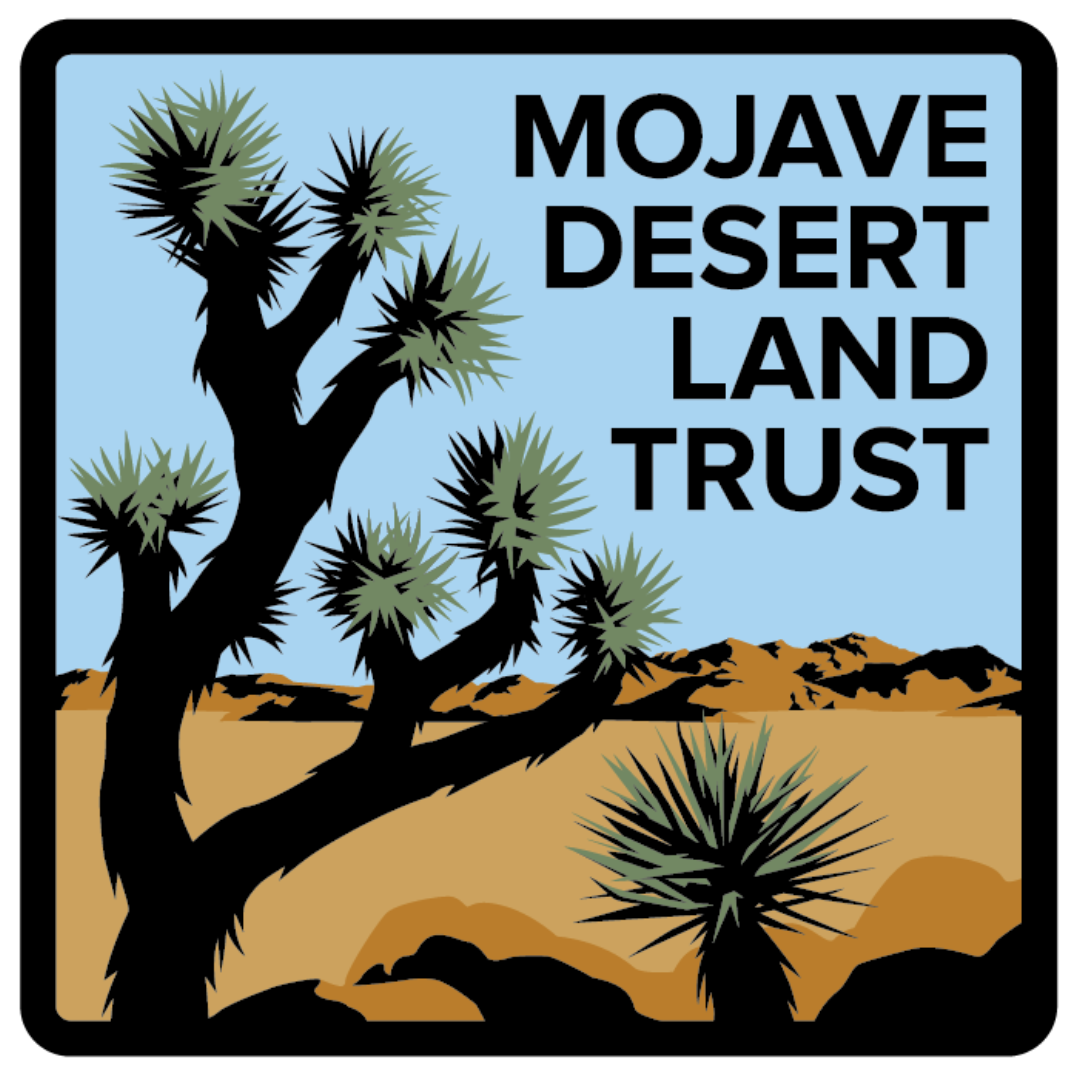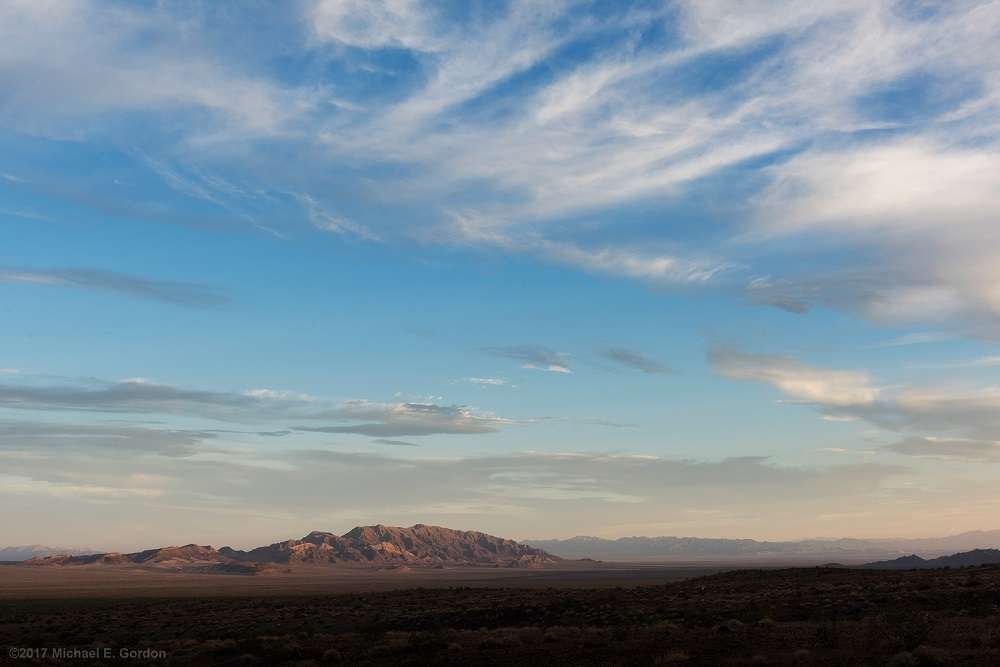FOR IMMEDIATE RELEASE
April 14th, 2018
Contact: Frazier Haney, Director of Land Conservation, Mojave Desert Land Trust
Phone: 760-464-5430
frazier@mdlt.org
New science shows Cadiz Inc project threatens major Mojave spring
Joshua Tree – Peer-reviewed findings published in The Journal of Environmental Forensics show that the largest spring in the southeastern Mojave Desert would be threatened by the Cadiz Inc proposal to pump desert groundwater.
The first comprehensive chemical analysis of spring sources in the southeastern Mojave Desert highlights factual flaws and omissions in the environmental science behind the Cadiz Inc project.
Cadiz Inc wants to extract 16.3 billion gallons of water every year from the Fenner Basin for export to suburban Orange County. It contends the pumping will not affect area springs, saying they are not fed by groundwater. But isotope data from water samples show that Bonanza Spring – the only wetland of its kind within 1,000 square miles – is fed by regional groundwater. The data show that the spring’s water source is the same as the aquifer that Cadiz Inc plans to pump.
“Water within Bonanza Spring is from a basin-fill water source, deriving its water from recharge north of the Clipper Mountains, and could be impacted if groundwater levels decrease at, or near, the spring,” states the study, titled ‘Understanding the source of water for selected springs within Mojave Trails National Monument, California’.
The multiple-methodology study was conducted for the Mojave Desert Land Trust by Partner Engineering and Science Inc, a national engineering and environmental consulting firm, and was subsequently updated by the authors and submitted to The Journal of Environmental Forensics for blind-peer review and publication.
Many springs in the Mojave Desert are local springs that are primarily fed from local precipitation, and less likely to be affected by changes in groundwater. In contrast, regional springs fed primarily by groundwater have different characteristics that can be discerned by looking at temperature, geochemical makeup, and other physical characteristics.
“This peer-reviewed report draws a line under the various arguments about the environmental impact of this project. It clearly shows that Bonanza Spring is fed by the same groundwater that the Cadiz Inc project proposes to extract from the area. This confirms a threat to one of the most intact ecosystems in the US.” – Frazier Haney, Director of Land Conservation, MDLT
In the desert, the depletion of any water source can be fatal for plant and wildlife. Bonanza Spring is a green, half-mile stretch lined with cottonwoods, reeds and mesquite. It is an important stopover for bighorn sheep, migrating birds, and insects. Biodiversity was one of the main factors contributing to the designation of the Mojave Trails National Monument in 2016. Cadiz Inc’s 34,000-acre property is at the heart of the monument.
Geologists recently hired by Cadiz Inc concluded that Bonanza Spring was not hydraulically connected to the aquifer, based on an assumption that fractured rock separated the aquifer from the spring. These findings are not supported by groundwater analysis. The new data confirms the spring’s hydraulic connection to the aquifer. Additionally, data from the 2012 Environmental Impact Report indicates that Cadiz Inc’s groundwater pumping would create a “cone of depression” in the aquifer extending far beyond the described fault line, reducing groundwater levels north of the Clipper Mountains where groundwater flows feed Bonanza spring.
Partner Engineering and Science Inc’s study is supported by data gathered by the Lawrence Livermore National Laboratory, which provides further evidence that Bonanza Spring is connected to the aquifer. This data was made available in 2000 as part of the Cadiz Inc project and made public in August 2017.
“Not only would the Cadiz Inc project cause irreparable damage to the environment and remove the only wetland of its kind within the southeastern Mojave, it would also be a blow to the local community in the Cadiz Valley. In our work with local landowners and businesses, we hear time and again how people are concerned about the environmental impact of the proposed Cadiz Inc project.” – Frazier Haney, Director of Land Conservation, MDLT
“For our organization and area tribes, the Cadiz Inc project is not about water conservation. Cadiz Inc.’s aggressive pumping would remove an average of 50,000-acre feet over a 50-year period … The NALC expresses its full opposition to the Cadiz project and commits its full effort to protecting tribal culture and preserving sacred lands. We welcome the new scientific and peer-reviewed study published in the Journal for Environmental Forensics as it highlights the true nature of the springs in the Cadiz area, and supports what our organization has known all along, that this project will cause irreversible harm. Today, just as they did hundreds of years ago, tribal people depend on the resources of the area – its wildlife, plants and water for their cultural survival.” – Michael J Madrigal, President, Native American Lands Conservancy
“These springs are so critically important to desert biodiversity – including a wide range of wildlife that is resilient but extraordinarily fragile – that a drop in water levels of even a foot can imperil entire water dependent ecosystems.” – Sophie Parker, Senior Scientist, The Nature Conservancy
In 2015, the Conservancy helped commission the first modern, comprehensive Mojave Desert spring survey, working with the Bureau of Land Management and the Transition Habitat Conservancy, to better understand the distribution, sources and wildlife importance of springs on public lands across California’s Mojave Desert.
The new peer-reviewed study in The Journal of Environmental Forensics completes that picture, demonstrating the connection between an important desert spring and the aquifer system in the southeastern Mojave.
Note to editors:
For a copy of the study contact: jessica@mdlt.org
Supporting documents:
View fact sheet
View study highlights
Sacred springs
In light of the publication of new scientific findings into springs in and around the Cadiz Water Project area, three tribes have issued statements of opposition to the project.
-

For over a decade, the Cadiz Project has posed an unacceptable threat to the Mojave Desert, its wildlife, its water, and its immense cultural significance for the peoples who have called the Southern California desert home since time immemorial.
The NALC expresses its full opposition to the Cadiz Project and commits its full effort to protecting tribal culture and preserving sacred lands. We welcome the new scientific and peer-reviewed study published in the Journal for Environmental Forensics as it highlights the true nature of the springs in the Cadiz area, and supports what our organization has known all along, that this project will cause irreversible harm.
-

The Cadiz Project threatens the traditional lands of our Tribe and any failure to prevent these impacts violates the fundamental obligations of the federal government to protect tribal culture and preserve tribal lands.
The Chemehuevi Indian Tribe expresses its full opposition to the Cadiz Project and commits its full effort to stopping this threat to tribal culture and sacred lands.
The springs, seeps, and water sources occurring in these areas are sacred because the water appears year-round and gives life to an array of plant and animals, including bighorn sheep, mountain lions, and bobcats. These water sources also represent sites along the Salt Song Trail, the sacred landscape of the Nuwuvi people.
-

We welcome the new scientific and peer-reviewed study published in the Journal for Environmental Forensics as it highlights the true nature of the springs in the Cadiz area, and supports what we have known all along, that this project will cause irreversible harm.
The Chemehuevi people of the Twenty-Nine Palms Band of Mission Indians resided in this region since time immemorial. These deserts are our homelands. The sites, seeps, and springs are living history and preserve cultural and historical legacies.
The Twenty-Nine Palms Band of Mission Indians actively opposes the Cadiz Water Conservation Recovery and Storage Project currently underway within the Tribe’s traditional territory in the Mojave Desert. The United States entered numerous treaties with Indian tribes, promulgated countless federal laws and regulations, and undertook a solemn obligation of trust towards our Tribal Nation. This government-to-government relationship imposes a fiduciary duty on the federal government to preserve tribal spiritual and cultural sites and to protect tribal lands and waters. Failure to prevent impacts, like the extreme overuse that would occur as a consequence of the Cadiz Project, violates the fundamental obligations of the federal government to the Tribe.













